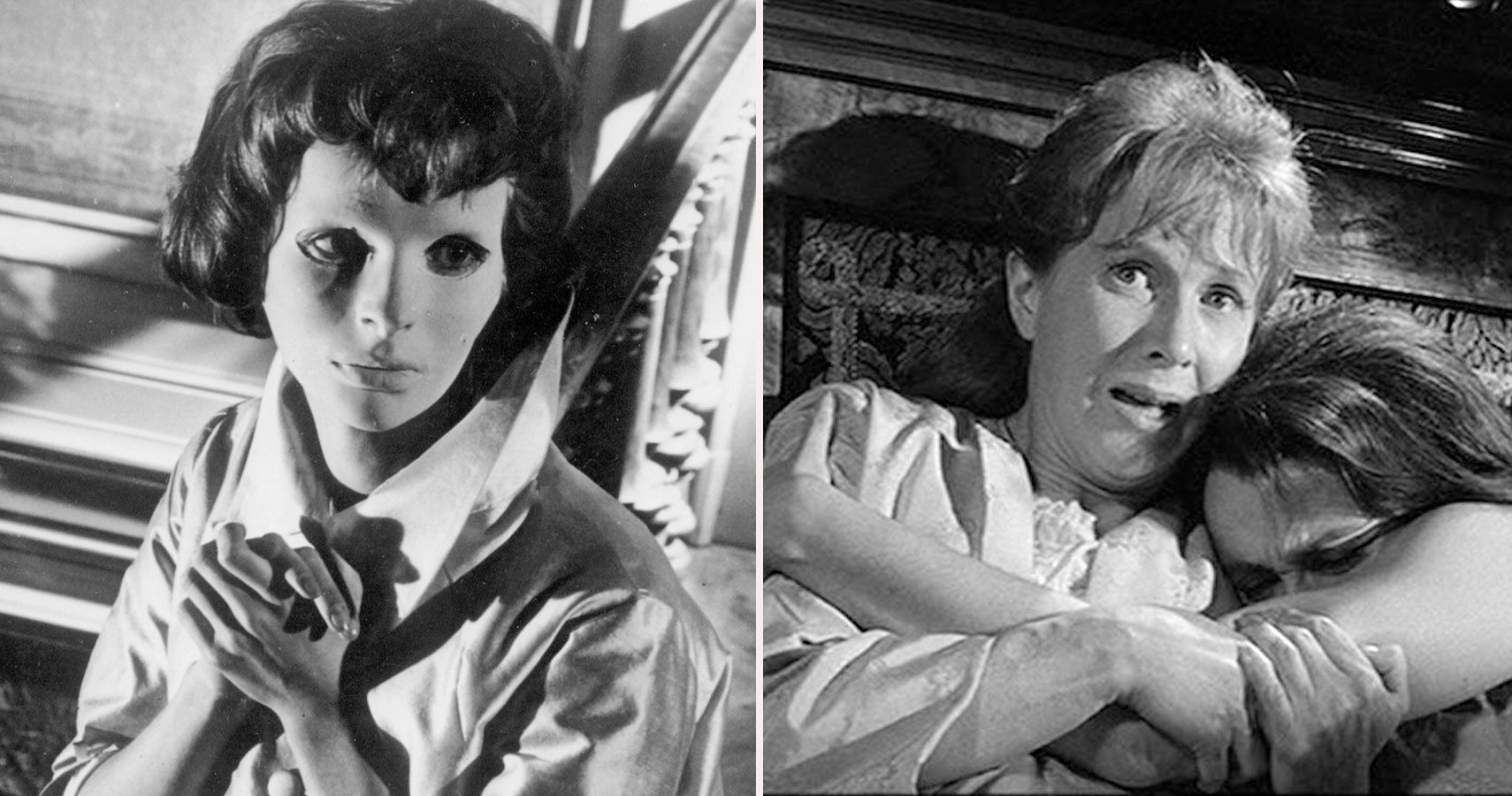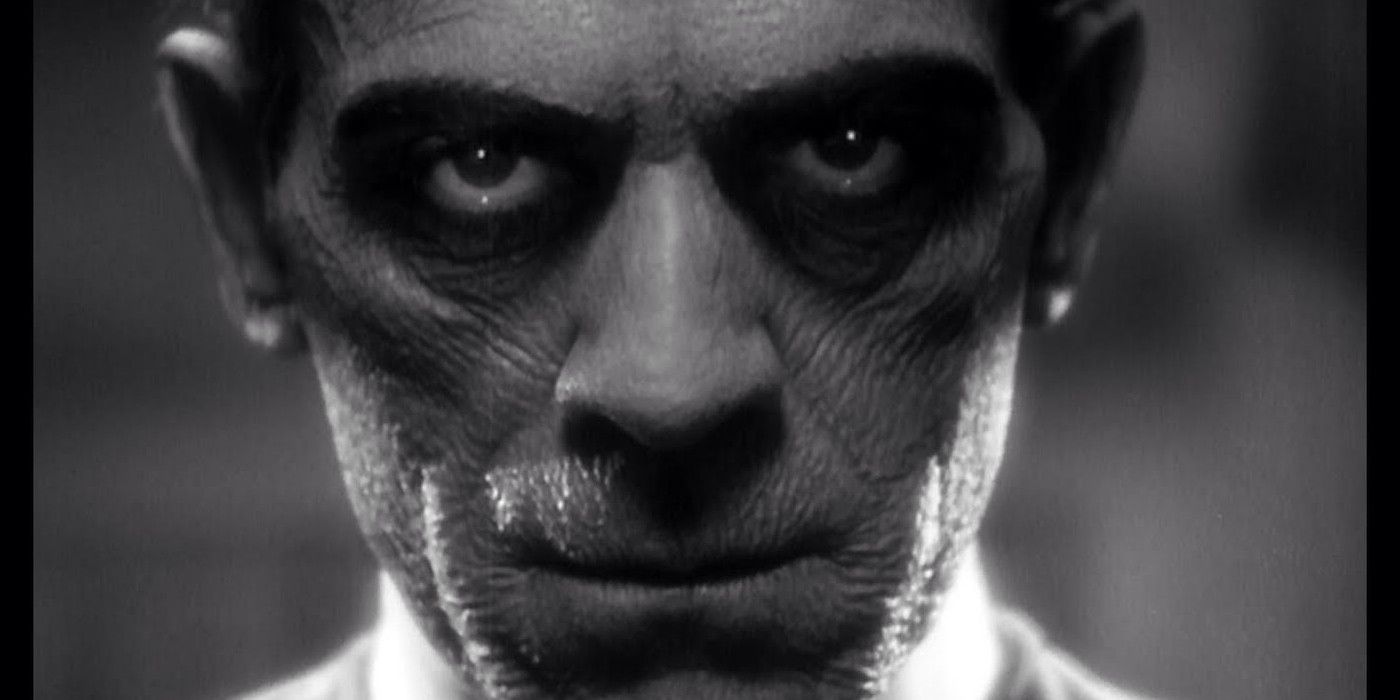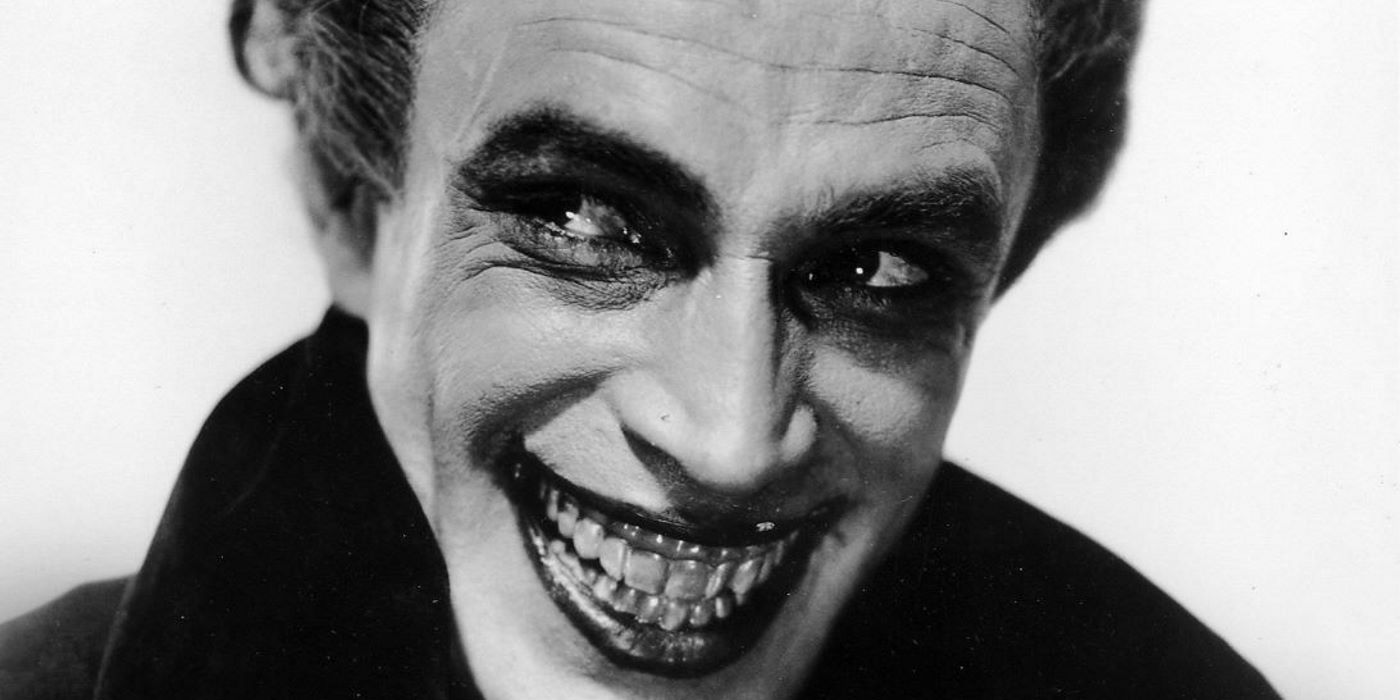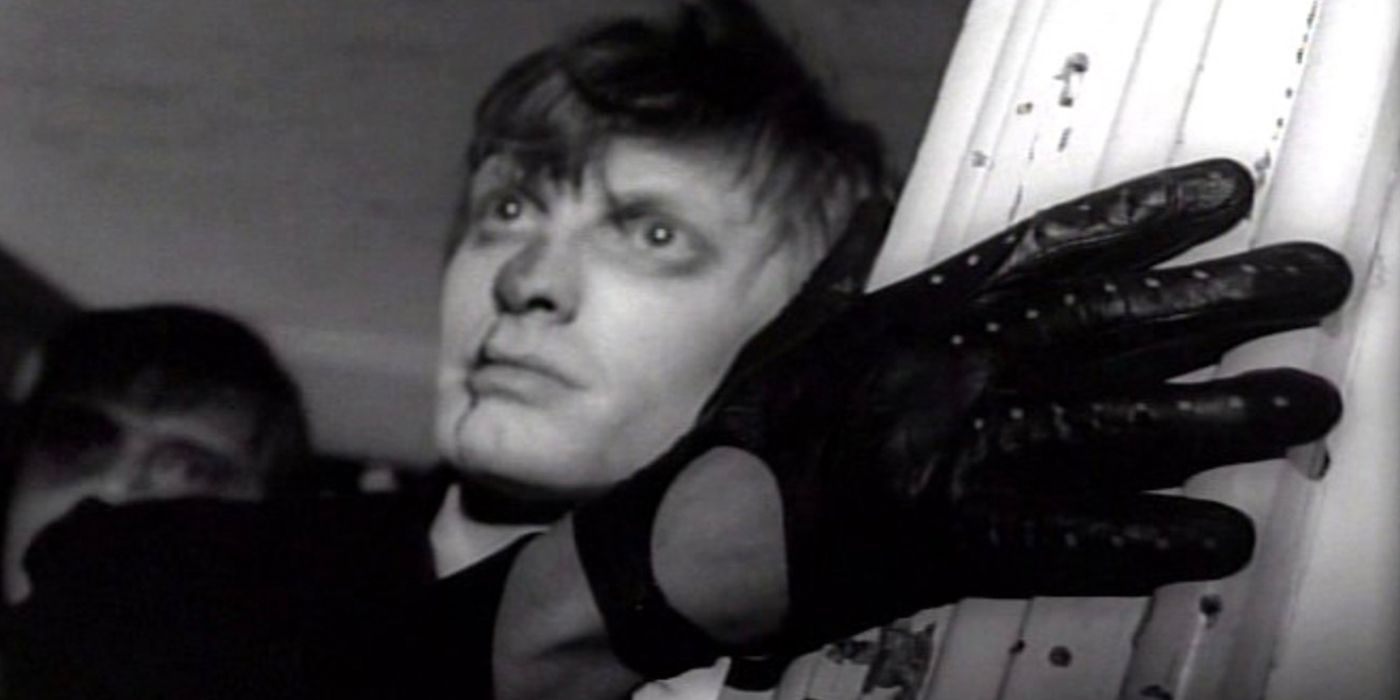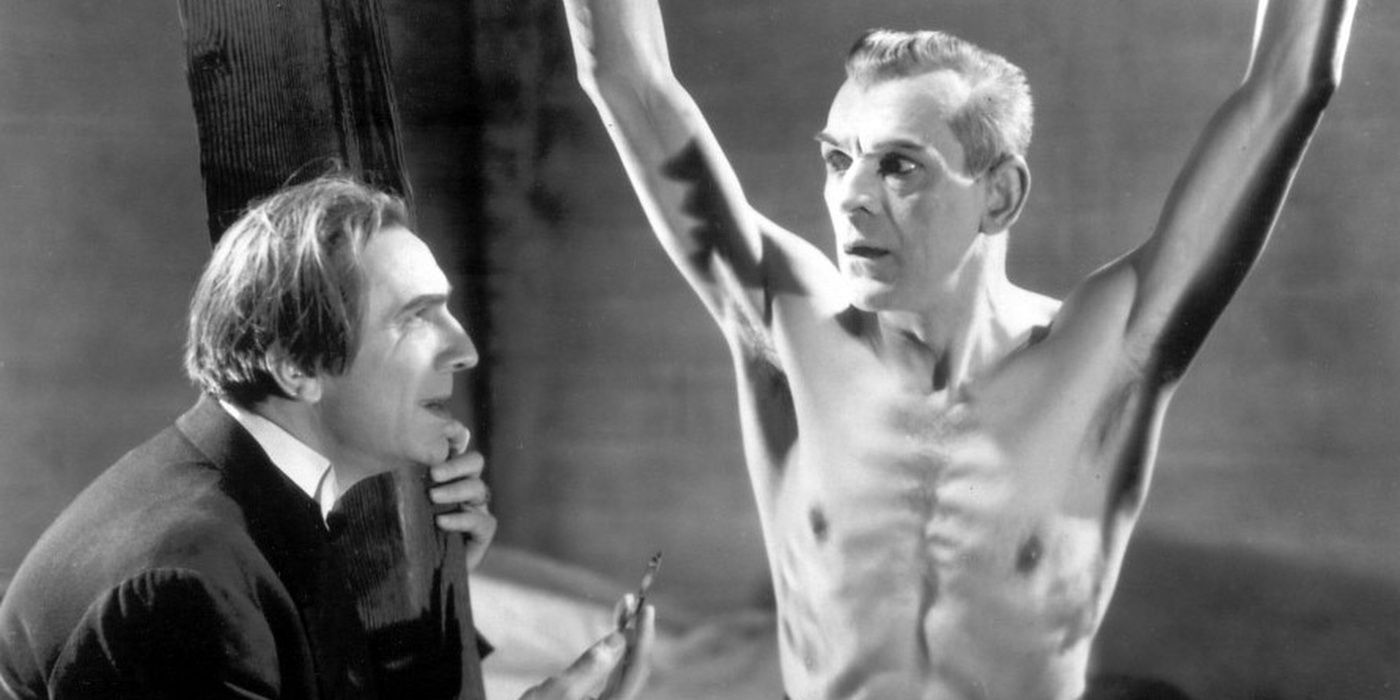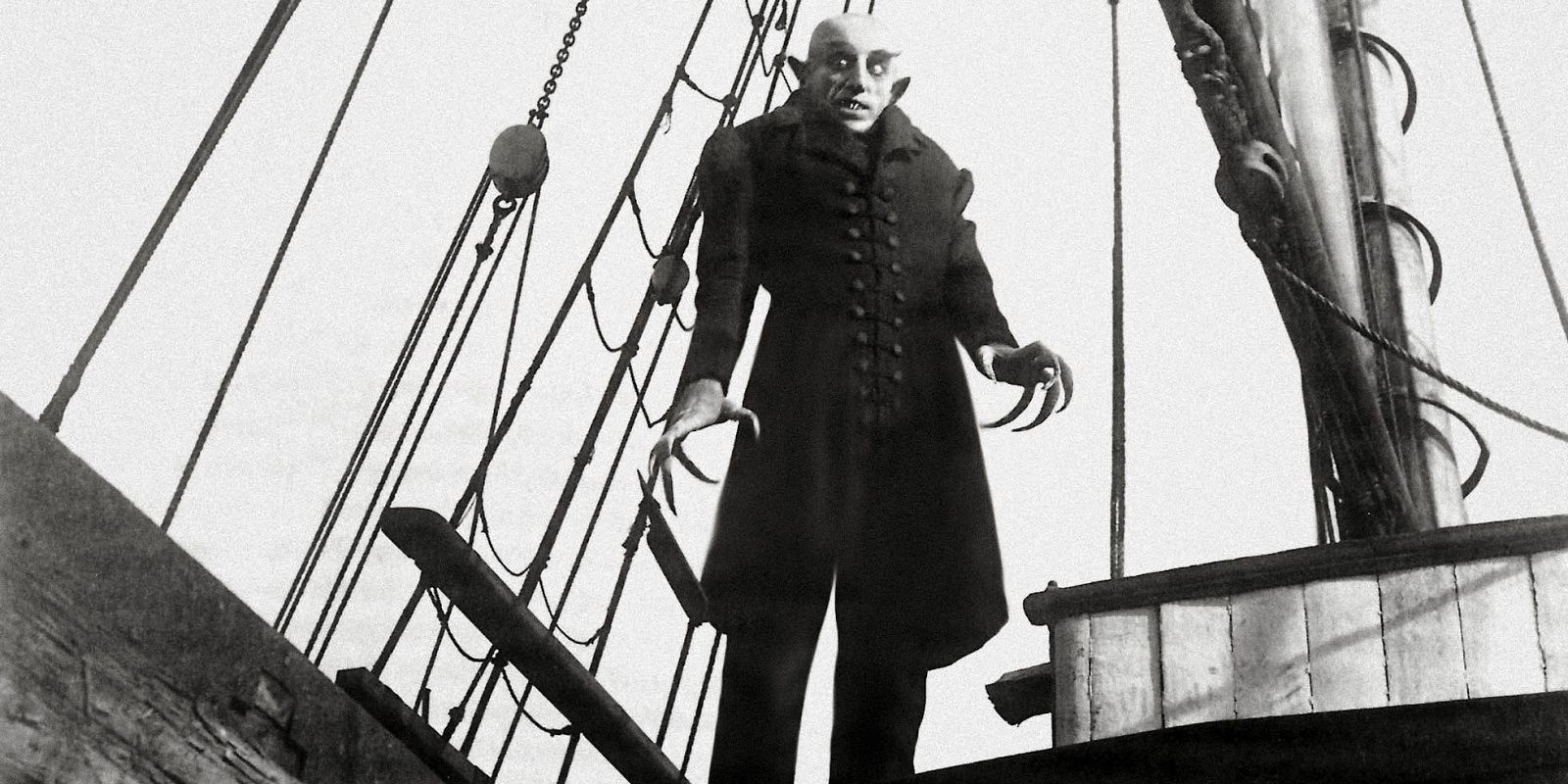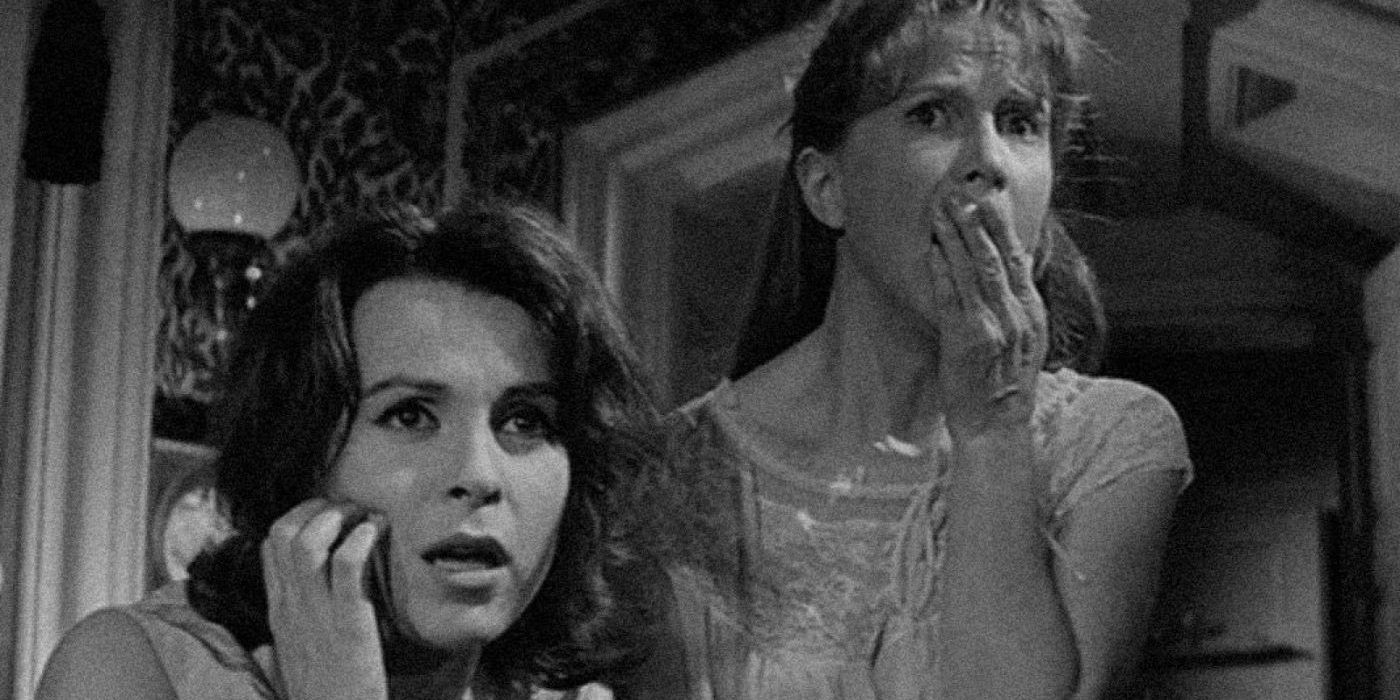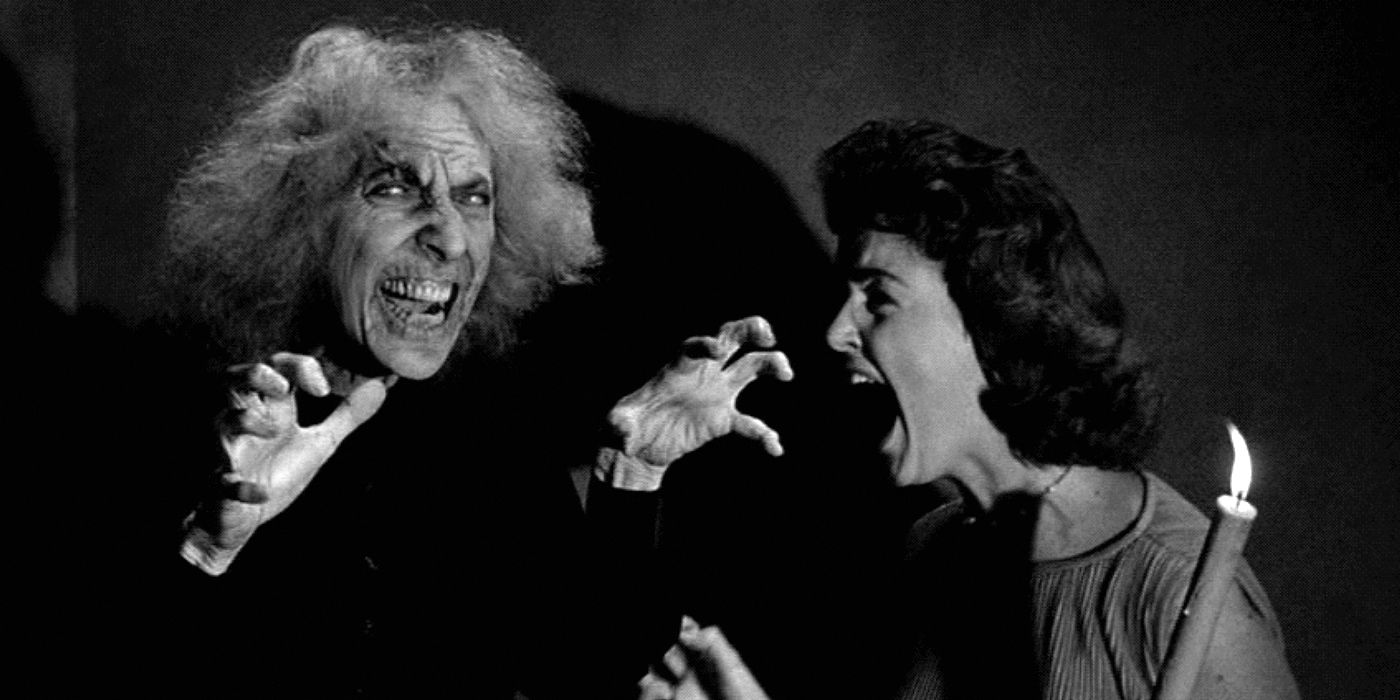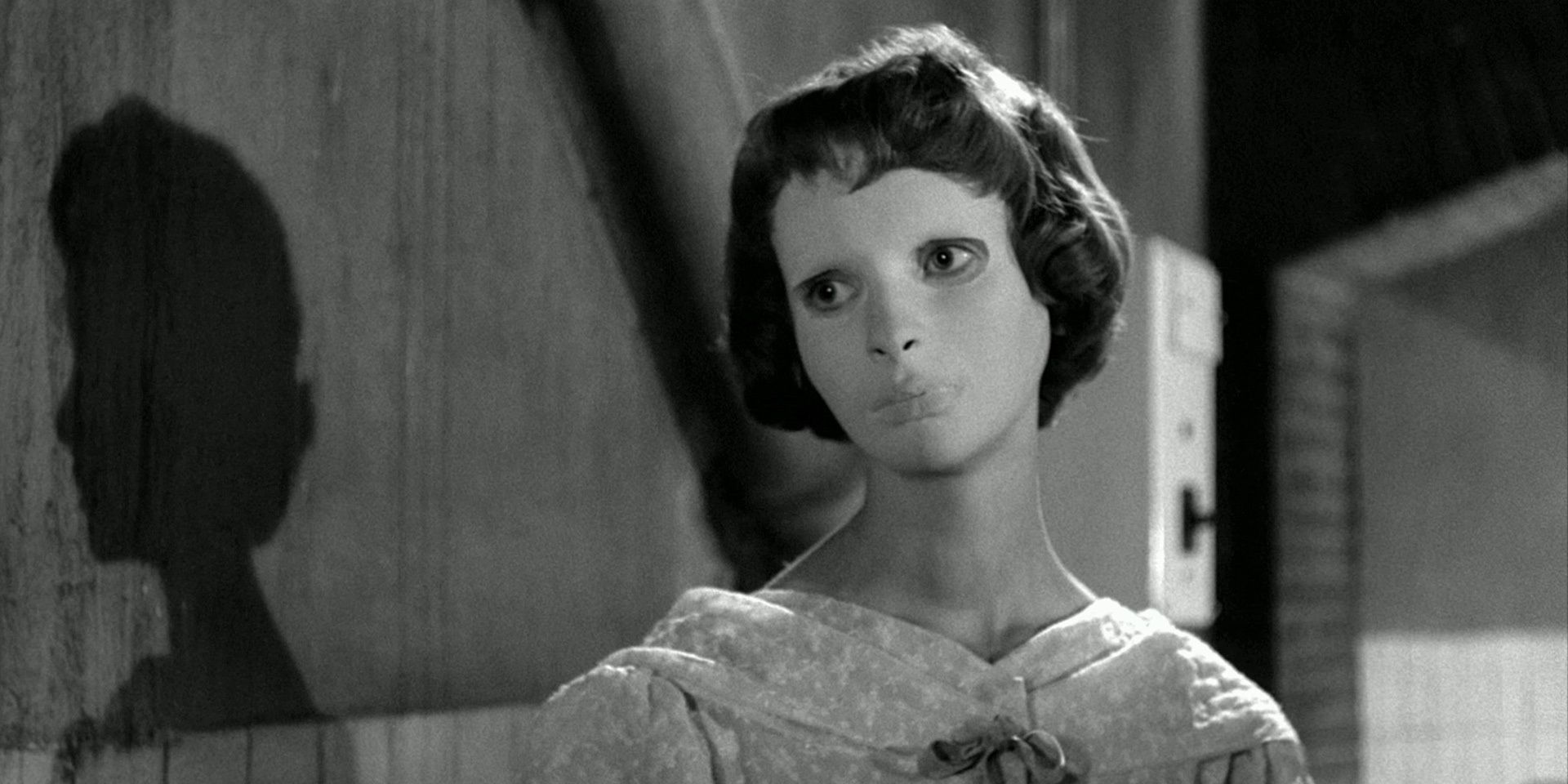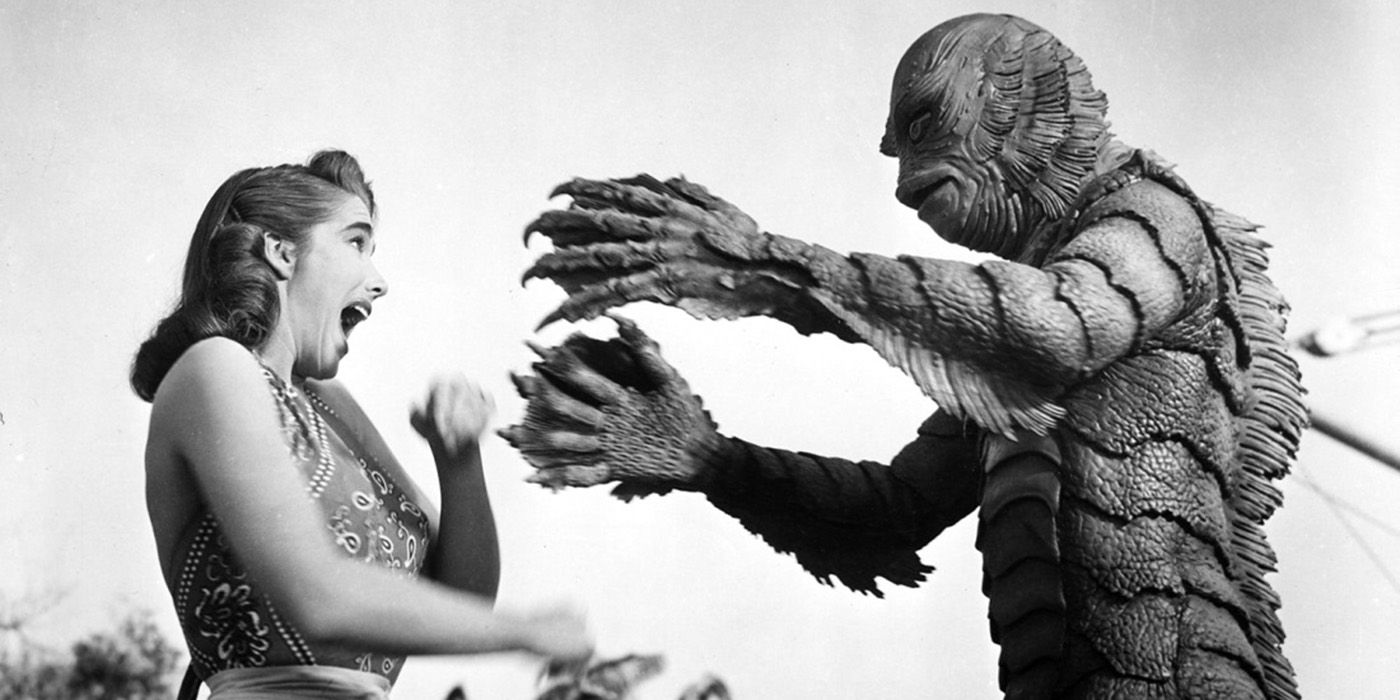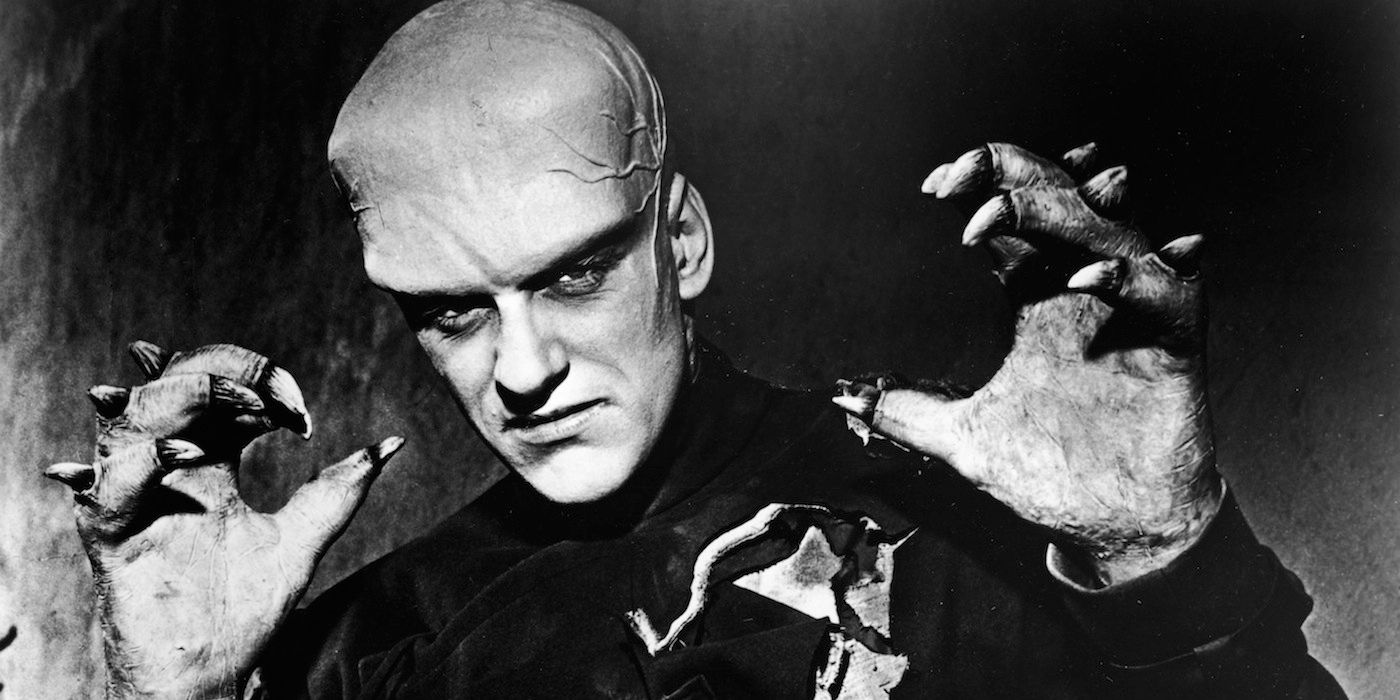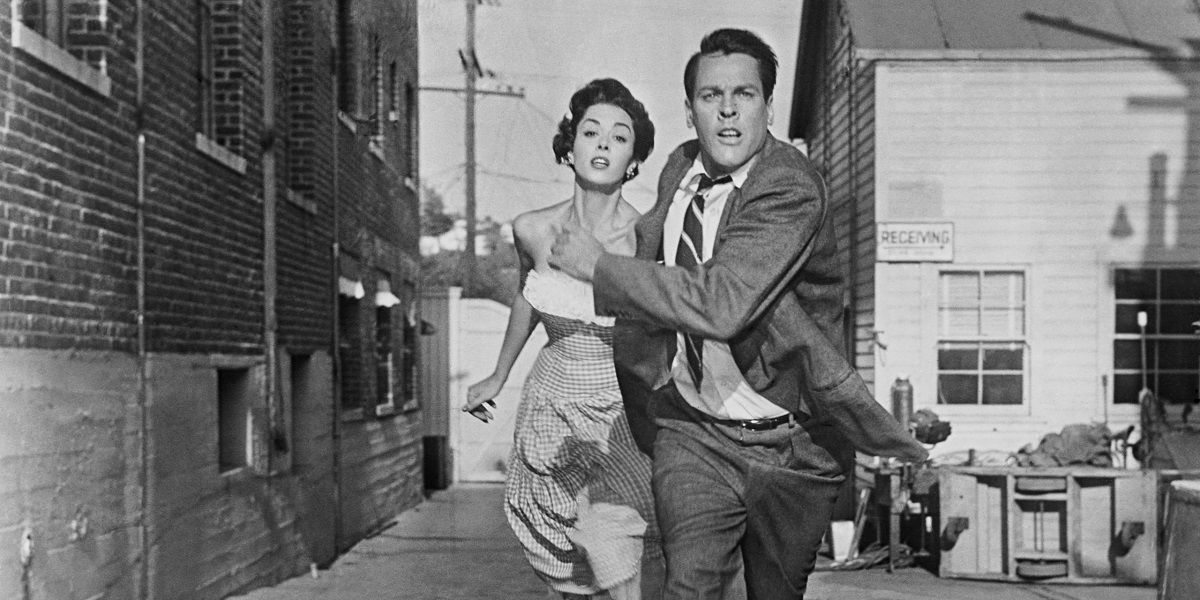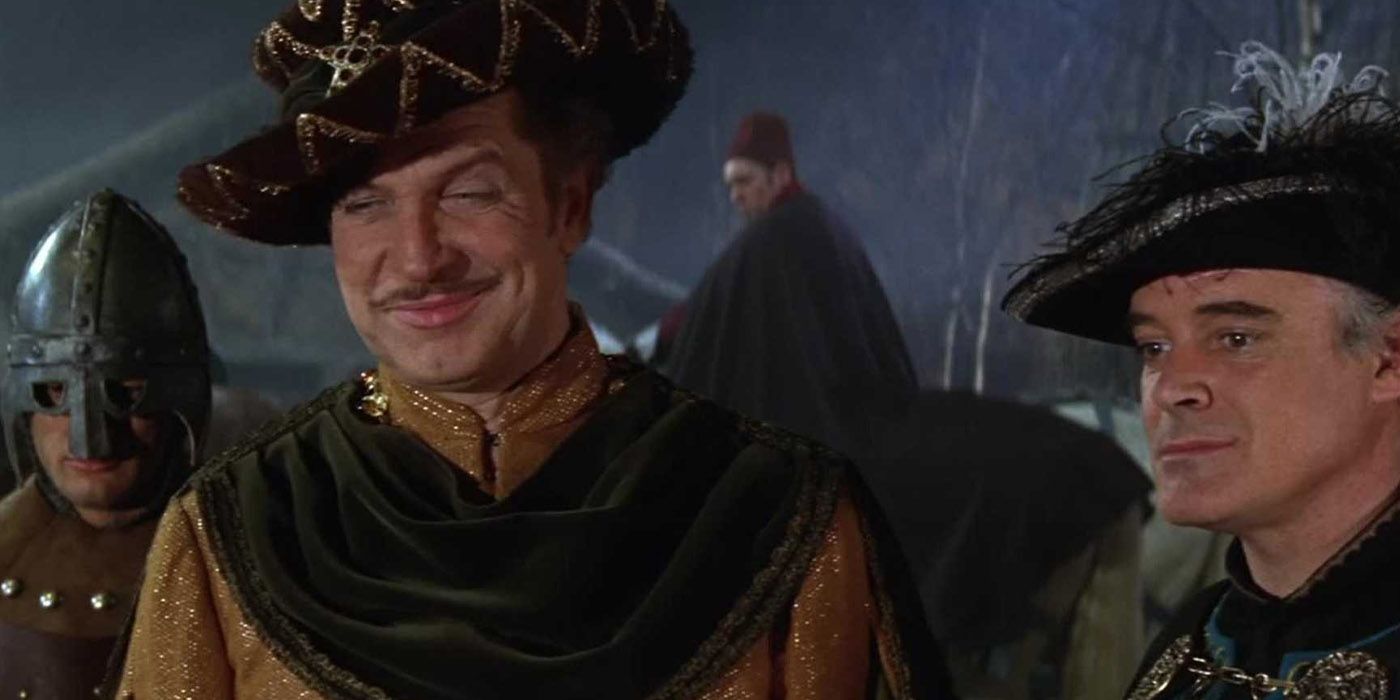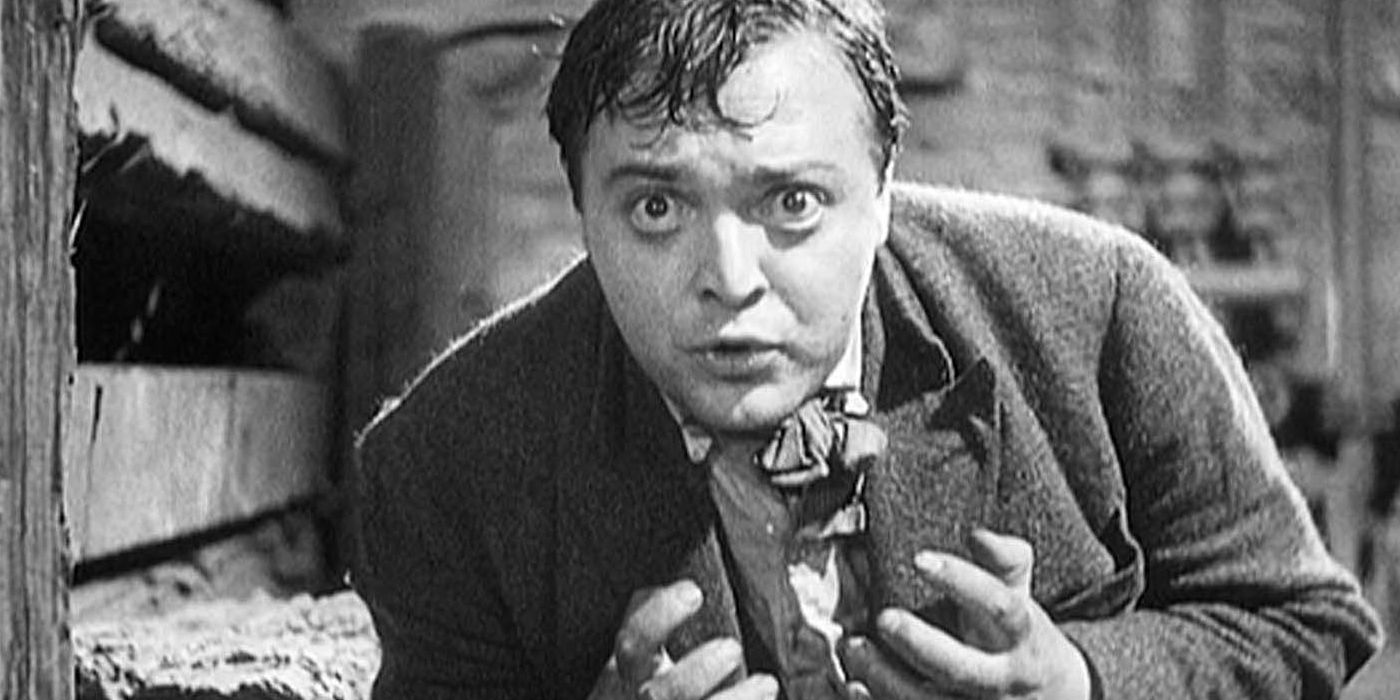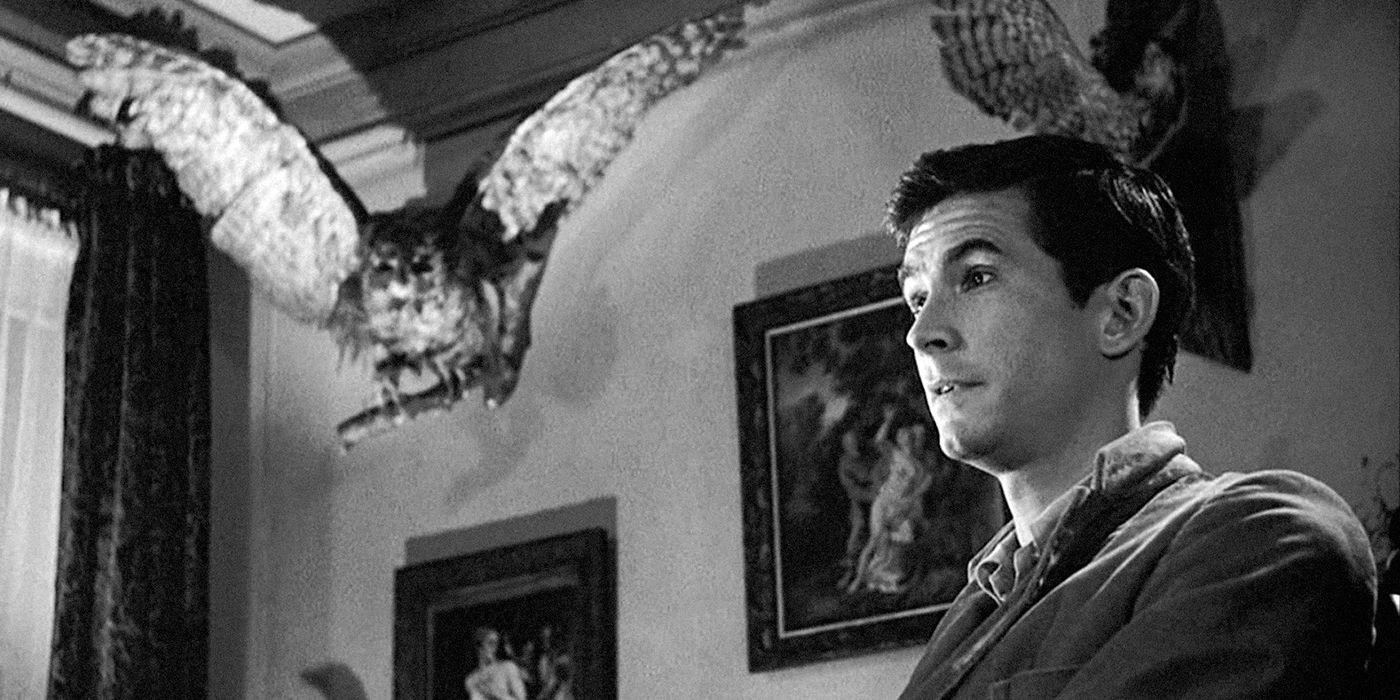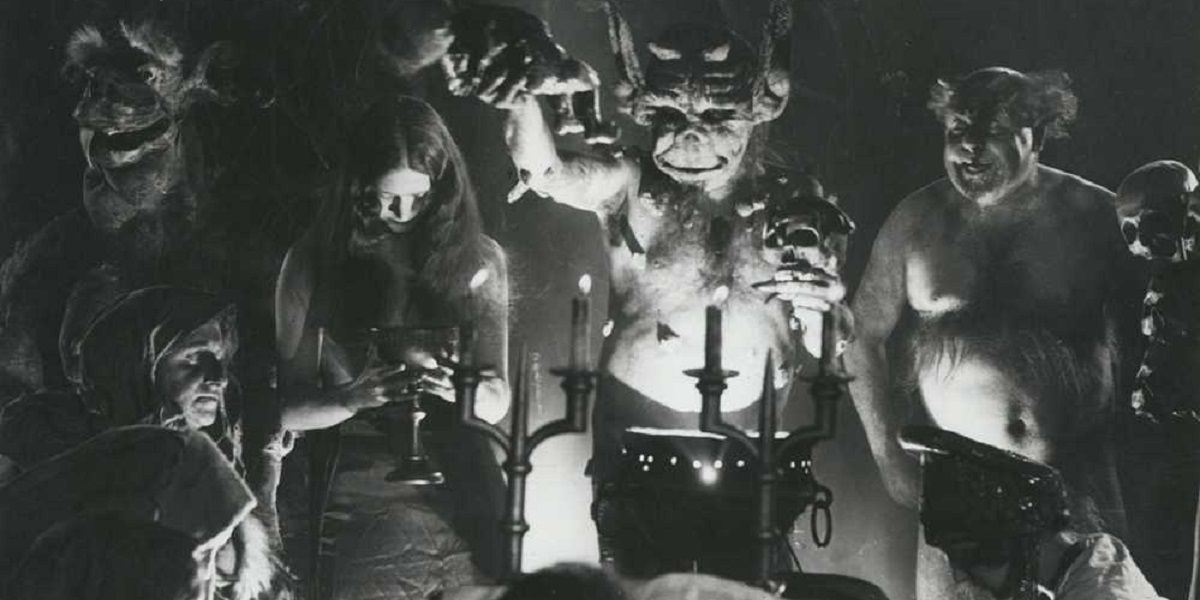When people think of seriously scary movies, the earliest they tend to span is usually the '70s and '80s. The images of Freddy Kruger, Jason Voorhees, and Leatherface tend to come to mind. But just because something is older or well-used, that doesn't mean it has no merit. People were just as horror hungry in the early days of the genre.
There are plenty of movies that make our blood run cold from before the age of modern horror, some even before the age of color. Just because the film lacks gruesome effects doesn't mean it can't be scary. Here are ten vintage horror flicks that are still scary today.
Updated October 6, 2020: Although they might lack CGI effects, animatronic monsters, death traps, and ludicrous amounts of blood, violence, nudity, and profanity like some of their modern contemporaries, the horror films of yesteryear can be just as terrifying if not more than the macabre masterpieces of today. The gold and silver ages of the horror genre might rely on monsters of the mind, science gone mad, and unseen entities in creepy castles and decrepit old crypts, but through their use of atmosphere, presentation, and practical effects, they can stand with the best of them without sacrificing scares or substance.
The Mummy (1931)
It might be the shortest of the universal Monster Series, but The Mummy has a more unsettling edge than something like Dracula or Frankenstein. Imhotep might not tear through an angry mob of villagers, turn into a bat, or become a man-eating monster when the moon is out, he has a hypnotic and sinister presence courtesy of the great Boris Karloff.
Not to mention, the mummy himself has one of the most disturbing origins ever seen in a vintage horror movie. Not only is Imhotep mummified and buried alive right on camera, but the slaves who buried him are impaled and killed with spears so as not to reveal the location of his tomb. That's some disturbing material for 1931.
The Man Who Laughs (1928)
It might be a silent film, but The Man Who Laughs is one of the strangest and most frightening films to be released before the age of sound. Based on the Victor Hugo novel of the same name, the film is certainly what one would call visually eerie.
The film that inspired Batman's Joker features Conrad Veidt as Gwynplaine, a man whose face is disfigured from childhood with a permanent rictus grin. While the plot of the film itself is more of a tragic love story with disfigurement, freak shows, and sensual scandals, Gwynplaine's permanent smile is nothing short of nightmarish.
Night of the Living Dead
There's not a horror aficionado out there who doesn't know about George Romero's zombie masterpiece, Night of the Living Dead. The undead stars of this black and white creature feature might lack some of the viscera and over-the-top makeup effects that their modern equivalents possess, but they still have an appetite for flesh that is absolutely horrifying.
Needless to say, the film was an underground success that went from a modest monster movie to an instant horror classic. Without it, the zombie genre as fans know it today might not even exist. And they all owe it to Mr. Romero
The Black Cat
Boris Karloff and Bela Lugosi were two of horror's biggest players back in the 1930s. Alone, they brought moviegoers some of the most famous monsters ever put to film. But together, they were a fearsome force that chilled the spines of every viewer.
The Black Cat features Lugosi as a doctor who escaped from a prison camp on a quest for vengeance against Karloff's Satanic cult leader who murdered his wife. Loosely inspired by the Edgar Allan Poe story of the same name, the film features scenes of torture, ritual sacrifice, and other disturbing imagery. Needless to say, it's a must-watch for Poe fans.
Nosferatu
Without Count Orlok there would be no Count Dracula, plain and simple. Often regarded as the first horror movie ever made, Nosferatu features one of the most iconic and most visually terrifying vampires ever put on film, thanks to the German expressionist movement.
Max Schreck as the infamous Orlock is truly the star of the show, having perhaps the most bat-like features out of any adaptation of Dracula. There's not a monster fan out there who doesn't recognize the pointy ears, fangs, and gaunt pale figure of this shadowy bloodsucker. In short, the film was ahead of its time in terms of visuals and the terror.
The Haunting (1963)
What better way to get things rolling than a classic haunted house flick? The Haunting, brought to us by horror legend Robert Wise, is a chilling adaptation of Shirley Jackson's Haunting of Hill House, but the scares are more subtle than guys in ghoulish costumes. It's more about what remains unseen than right in front of you.
The film depicts the interactions of a group of people in a supposedly haunted house, but unlike most haunted house flicks, the ghosts are all atmospheric and the presence of the poltergeists is debatable. It's still a spine-tingling film nevertheless.
House on Haunted Hill (1959)
We take you from one breed of haunted house flick to another with the Vincent Price-led House on Haunted Hill. One part supernatural horror flick, one part murder-mystery, the film is one of the best made by famed horror director, William Castle, and is equal parts kitschy as well as creepy.
With jump scares, fiendish traps, an eerie setting to tie the whole thing together, and a marvelous performance by the master of horror, Vincent Price, House on Haunted Hill has more than enough to satisfy the hungriest of horror hounds among us. Come for the party, stay for the ghosts.
Eyes Without a Face (1960)
This freaky French fright-fest makes our toes curl just talking about it. In Eyes Without a Face, a series of murders takes place just outside Paris. The victims are all women who have had their faces removed, sparing the eyes. The murders are the work of a mad scientist trying to transplant women's faces onto that of his deformed daughter.
Though it was made in 1960, the black and white film still has a touch of gore to go that extra mile for its bodily horror. To say the film is disturbing is an understatement. If you don't mind subtitles, give this one a try.
The Creature from the Black Lagoon (1954)
We know what you're thinking, how come we haven't mentioned other Universal Monsters on this list? While Frankenstein's Monster, Dracula, and the Wolf Man are all iconic creatures of the night, they all have some element of humanity about them. The Gill-Man, on the other hand, is a pure predator.
One of the few classic monster flicks that actually has a handful of scares, The Creature from the Black Lagoon lurks the waters of the Amazon river and strikes with little warning. Even when the guy gets caught by the party of explorers, you know its just a waiting game until he escapes. Definitely a creepy creature feature.
The Thing From Another World (1951)
Before John Carpenter got his hooks into this sci-fi classic, it was one of the most frightening creatures ever to fall to earth. Sci-fi flicks were still evolving at this time and The Thing from Another World was the first film to get people to follow that famous sage advice, "watch the skies."
Though the titular "Thing" isn't exactly what we'd call scary, the film itself is highly suspenseful. The film also represents the present fear of nuclear war that was a heavy influence on sci-fi/horror at that time. With the idea of missiles and bombs from overseas hitting your backyard at any time, it was impossible not to watch the skies.
Invasion of the Body Snatchers (1956)
Yet another sci-fi masterpiece that got under people's skin in the '50s, Invasion of the Body Snatchers filled audiences with fear and paranoia long before the '70s remake did. When a race of pod-people begins replacing human victims with alien doppelgangers, it spells trouble for the people of earth.
Paranoia and panic ensue as the population doesn't know who to trust. Just as The Thing from Another World represented the world's fear of the nuclear bomb, so did Invasion of the Body Snatchers represent the fear of a communist takeover. Amazing how art imitates life, isn't it?
Masque of the Red Death (1964)
Blood is its avatar and its seal. Roger Corman made psychedelic films before psychedelic officially took over, and there are few greater examples than Masque of the Red Death. One of Corman's many Edgar Allan Poe pictures, Masque of the Red Death is definitely one of the scariest in both the series and Vincent Price's career.
A bloodier tale than Poe's original, this interpretation mixes in Satanic rituals, human sacrifice, a blood plague, and even a gruesome murder inspired by Poe's Hop-Frog. For 1964, this was a film that definitely had viewers shocked with awe and terror.
M (1931)
Though not a horror movie in the conventional definition, Fritz Lang's M helped shape the modern thriller by incorporating sounds, music, and shadows to create a sinister and suspenseful film. As well as being horror actor Peter Lorre's first starring role, it definitely made the skin of many viewers crawl.
M puts the viewer in the mind of a child-murdering psychopath on the run from a citywide manhunt. With intense uses of paranoia, mob justice, and psychological dilemmas, it's a chiller that grabs you by the throat and shows how vicious and brutal justice can be.
Psycho (1960)
How do you make millions of audience members afraid of taking a shower? Use a knife, a screeching violin, and a bottle of Hershey syrup. Alfred Hitchcock's terrifying masterpiece, Psycho, was the film that sparked the slasher genre. Next to The Birds, it is arguably Hitchcock's greatest film.
The tale of Norman Bates is as chilling as your early horror villains get. Is he insane, possessed, or something in between? Maybe he's just a victim of some psychological torment, or maybe "Mother" is still the one pulling the strings. It scared audiences in the '60s, and it still gives us the creeps today.
Haxan: Witchcraft Through the Ages (1922)
Contrary to what we said regarding M, you don't need sound to create an outrageously scary film. Haxan: Witchcraft Through the Ages is a silent, black-and-white nightmare that will keep you up even though it's nearly a century old. There are many ways we can describe this film, but they wouldn't be 100% correct.
At its core, Haxan is a series of sequences involving the concepts of witchcraft, hell, demonic activity, and deals with the devil. Scenes of medieval science, demonic bacchanals hosted by Satan, and various practices of witchcraft ensue. It's hard to pinpoint an exact plot, but it still haunts our dreams.

